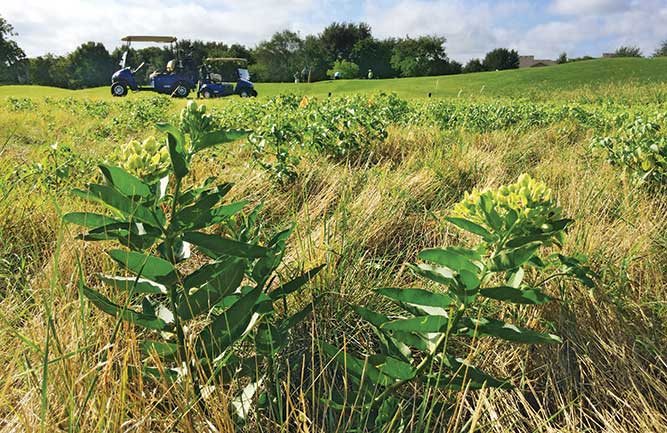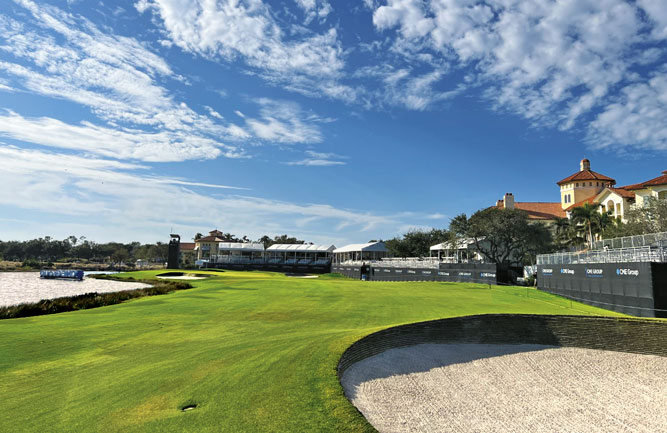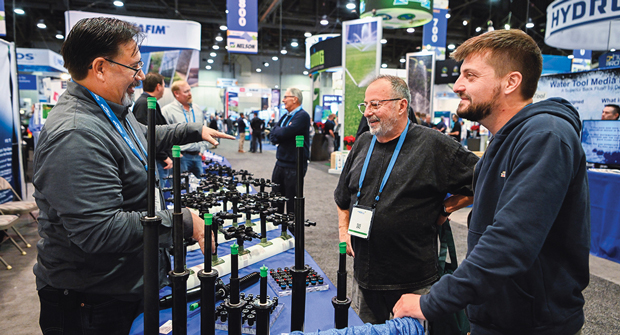Why golf courses should go back to nature
Tracking the changes in the management of golf facilities in the U.S. is a great accomplishment. In 2006, the Golf Course Superintendents Association of America (GCSAA) took the lead on this effort with its first round of environmental profiles conducted through the Environmental Institute For Golf.
Ten years after the first round, the GCSAA conducted the second round of Environmental Profiles with substantial financial support from the USGA. One of these profiles is Phase II – Land Use Characteristics and Environmental Stewardship Programs on U.S. Golf Courses. This time, comparisons could be made, for instance, between 2005 to 2015 for the land use characteristics of golf courses. The two surveys, taken 10 years apart, document, characterize and quantify national and regional trends in:
- Land use on U.S. golf courses;
- The use of turf types and overseeding practices;
- The role of climate, geography and facility type on land use patterns; and
- Participation in environmental stewardship programs.
It was not surprising that median golf facility acreage did not significantly change from 2005 (151 acres) to 2015 (150 acres). The maintained turfgrass acreage decreased 4 acres from 2005 (99 acres) to 2015 (95 acres). Not a large change, however, 46 percent of the facilities have increased their acreage of natural, native or unmowed areas acres since 2005.
So, the good news is the trend toward less maintained turfgrass on the golf course. The bad news is deciding where these areas should exist, and now, how do you manage them?
Most superintendents that know their course and golfing clientele could map out several potential areas. Selling the concept to the players is sometimes tricky. A great tool to reduce managed turfgrass or rough is GPS tracking golfer usage of the property. The USGA has a great program set up for this job.

Milkweed plants provide an essential habitat for monarch butterflies in out-of-play areas on golf courses. (Photo: Dan Potter, Ph.D.)
Out of play, not out of mind
What do you do with the out-of-play areas identified? The USGA Green Section has repeatedly asked the same question during the last 40 years. Here are a few ideas.
Two trends are establishing native grasses and wildflowers, or if you are lucky to have sandy soils, removing trees, grass and other vegetation to create waste areas. Several successful golf course architects have worked with courses to achieve excellent results. Reflect on how Pinehurst No. 2 has changed from bermudagrass rough to sand waste areas with minimal vegetation. The tree removal and subsequent establishment of native grasses at Oakmont Country Club is another example.
Maintaining natural areas does not come without cost. If you are in a higher rainfall area, you will be fighting a host of invasive plants, as well as trees trying to take over. More research exists on maintaining these areas similar to what is in the Super Science section in this issue of Golfdom.
Another aspect to consider is how these areas provide habitat for birds or pollinators. Pages of information exist on bird boxes or wildflowers that attract species needing food, water and shelter. Again, the USGA Green Section worked with Audubon Cooperative Sanctuary Program for golf on how you can manage these areas.
Do not forget about establishing buffer vegetation between maintained turfgrass and surface water features. The research demonstrates that you can reduce the impact of golf course maintenance practices on surface water with buffer areas. Water quality is not only improved but provides a better habitat for reptiles, amphibians and fish.
The word stewardship appears 28 times in the report, and improvements to help protect the environment have increased significantly in the last 30 years. I hope the trend continues to find ways to reduce excessively managed turfgrass on golf courses. I think golfers understand that this movement will help golf become more sustainable. It also bodes well for golf courses to provide some excellent ecosystem services to the nearby community.










